Review: Intracellular innate immune surveillance devices in plants and animals ($)
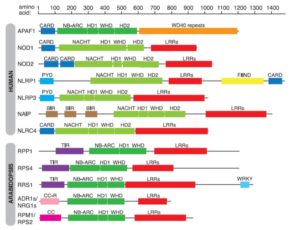 Cells recognize invaders through both cell-surface receptors and intracellular receptors, the latter of which can recognize the invader directly or indirectly, for example through its effects on host proteins. Intracellular surveillance proteins in animals and plants share a core domain, the nucleotide binding domain leucine-rich repeat (NLR) domain. Jones et al. describe similarities and differences in NLR protein functions in plants and animals, and propose that the NLR architecture is well suited for microbial detection and response. Science 10.11206/science.aaf6395
Cells recognize invaders through both cell-surface receptors and intracellular receptors, the latter of which can recognize the invader directly or indirectly, for example through its effects on host proteins. Intracellular surveillance proteins in animals and plants share a core domain, the nucleotide binding domain leucine-rich repeat (NLR) domain. Jones et al. describe similarities and differences in NLR protein functions in plants and animals, and propose that the NLR architecture is well suited for microbial detection and response. Science 10.11206/science.aaf6395


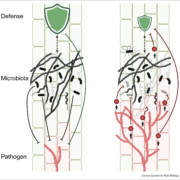
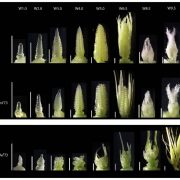
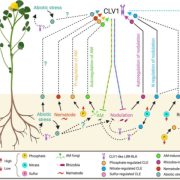
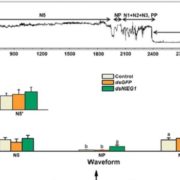
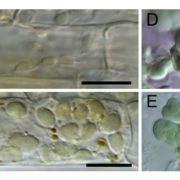
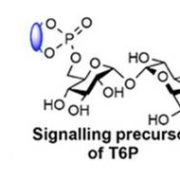


Leave a Reply
Want to join the discussion?Feel free to contribute!